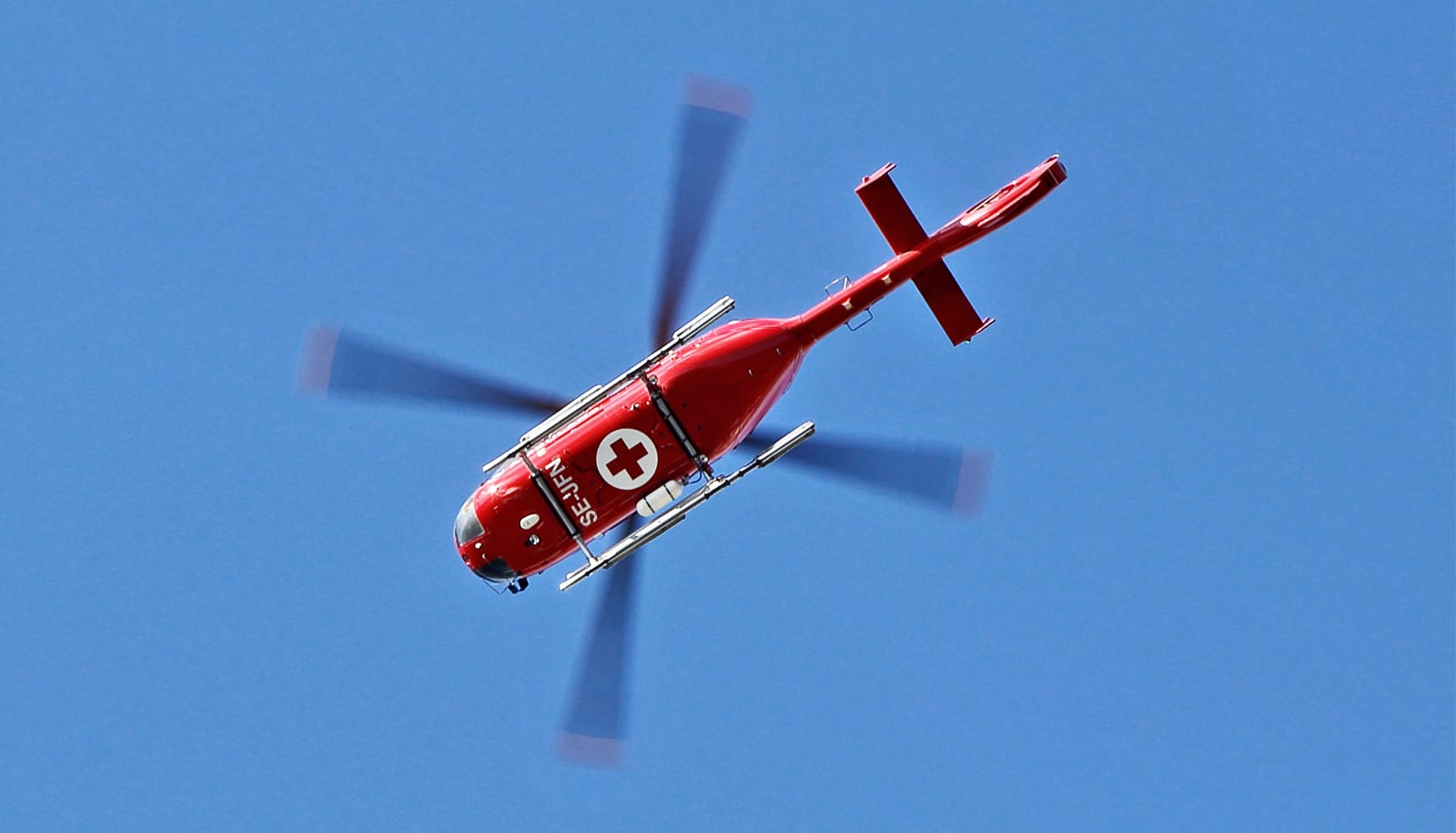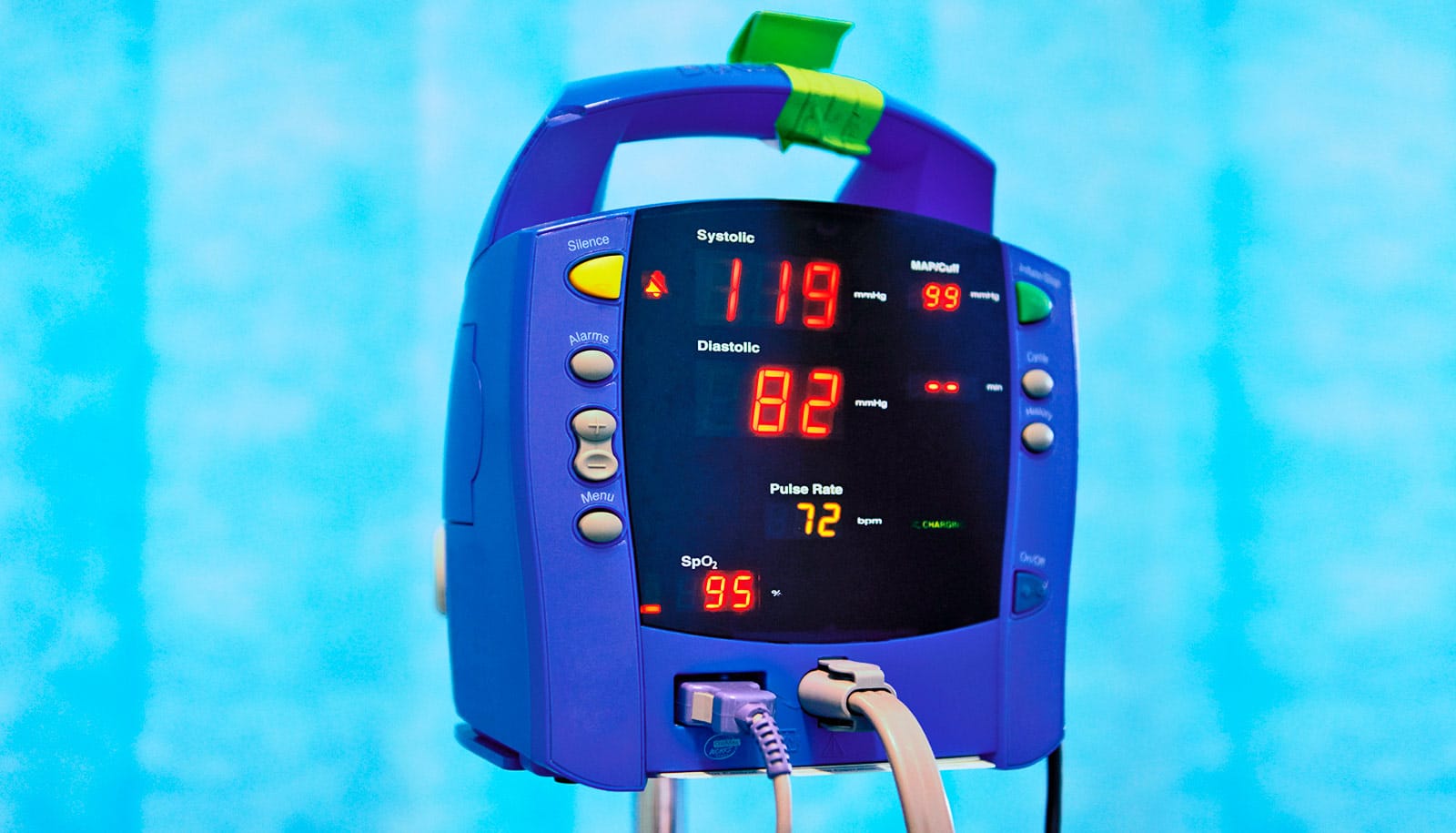
"Anecdotally, we hear of more people taking Uber or a Lyft, or having someone drive them, to the emergency room to avoid an ambulance bill. But if you truly need an ambulance, concerns about cost should not get in the way," says Karan Chhabra. (Credit: Getty Images )
Air ambulance ‘surprise’ bills can reach $20K
Patients transported to the hospital in air ambulances may get a shock later when they receive a "surprise bill," a new study shows.
Patients who travel to the hospital in an air ambulance may get a shock later when they receive a “surprise bill.”
The change can come if the ambulance provider doesn’t meet their insurance in-network criteria, a new study shows.
Every minute matters for someone badly injured in a car crash, suffering a heart attack or stroke, or needing critical care for serious birth defects, organ transplants, or COVID-19.
And when an emergency dispatcher calls for a helicopter or plane to fly a critically ill patient to a hospital, they don’t have time to check whether they take the patient’s insurance.
When ambulances are not in-network, they can charge whatever they see fit, and insurance does not always have an obligation to pay those charges in full. As a result, patients might find themselves on the hook for “balance bills” up to $20,000 per ride, the study in Health Affairs shows.
Even if the dispatcher chooses a ground ambulance to drive a patient with a medical emergency to a hospital, the study finds that 79% of patients could get a bill, with an average total around $550.
Further, over half of patients who take ambulances for non-emergency reasons, arranged in advance with time enough to check insurance coverage may still face a surprise bill for the out-of-network portion of the cost that, on average, tops $400.
Ground ambulances, too
While air ambulance charges are high, ground ambulance rides are far more common, the researchers say. As a result, out-of-network ground ambulance bills amount to a larger problem overall: $129 million per year, versus $91 million for out-of-network air ambulances. But annual out-of-network air ambulance bills are catching up quickly.
People with emergency medical needs should never let worries about surprise bills keep them from riding in any ambulance that a 911 operator, physician, or first responder calls in, researchers say.
“Anecdotally, we hear of more people taking Uber or a Lyft, or having someone drive them, to the emergency room to avoid an ambulance bill,” says Karan Chhabra of the University of Michigan Institute for Healthcare Policy and Innovation and surgery resident at Brigham and Women’s Hospital in Boston.
“But if you truly need an ambulance, concerns about cost should not get in the way. Arriving by ambulance, with a trained crew that can assess your needs, begin treatment, and radio ahead to the hospital , means you’re more likely to be triaged and treated appropriately when you arrive.”
For-profit air ambulances
The new study can’t tell how many patients actually got a surprise bill – just how many could have. It’s based on five years’ worth of insurance claims from nearly 1.5 million ambulance transports, including nearly 26,000 by air in the 41 states with more than 50 flights. The study is based on data from patients with commercial insurance offered by one large national company.
Chhabra and his colleagues hope that their work will shine new light on the size and frequency of potential surprise bills from a type of care that federal and state policy fixes often overlook.
Lawmakers have been looking closely at “surprise” out-of-network bills in hospital care, but those occur in only 10 to 20% of cases. The new study shows that the risk of out-of-network bills in ambulance-based care is many times higher.
The study also challenges claims from the growing for-profit air ambulance industry that increased competition among service providers would hold down cost growth.
From 2013 to 2017, the size of a potential surprise bill for air ambulance rides rose 15%, after adjustment for inflation, driven by an increase in the amounts air ambulance companies charged insurance companies for transport of patients.
Air ambulance companies have fought surprise billing legislation in court, using the federal Airline Deregulation Act passed in 1978, designed to increase competition in commercial airline travel.
Air ambulance companies operating on a for-profit basis have proliferated across the country since the deregulation of the air ambulance industry in 2008.
Addressing the problem
Due to previous research and media reports about surprise bills, policymakers have begun assessing potential approaches for reducing the risk to patients. Medicare and Medicaid already bars healthcare providers from sending “balance bills” to their members.
But patients with commercial insurance—who far outnumber those in Medicare and Medicaid—can still legally receive a balance billed for out-of-network care in many states. In fact, state legislation cannot protect most patients with commercial insurance because their plans can only be regulated federally.
Lawmakers in both chambers of Congress have proposed legislation to end surprise billing, and have even tried to include these fixes in COVID-19 relief packages. Chhabra and colleague say they believe these federal efforts should incorporate protections for patients who require air and ground ambulance care.
The Institute for Healthcare Policy and Innovation supported the work.
Source: University of Michigan
The post Air ambulance ‘surprise’ bills can reach $20K appeared first on Futurity .
Share this article:
This article uses material from the Futurity article, and is licenced under a CC BY-SA 4.0 International License. Images, videos and audio are available under their respective licenses.
Related Articles:
Economist: Abortion bans have dire economic effects
July 20, 2022 • futurityICU beds are scarce in low-income areas
Aug. 4, 2020 • futurityLinks/images:
- https://www.futurity.org/air-ambulances-costs-2246872-2/
- https://doi.org/10.1377/hlthaff.2019.01484
- https://www.futurity.org/sickest-patients-busy-ers-best-survival-odds-733572/
- https://ihpi.umich.edu/news/sky-high-surprise-bills-air-ambulance-flights-possible-many-patients
- https://www.futurity.org/air-ambulances-health-insurance-2356922/
- https://www.futurity.org


